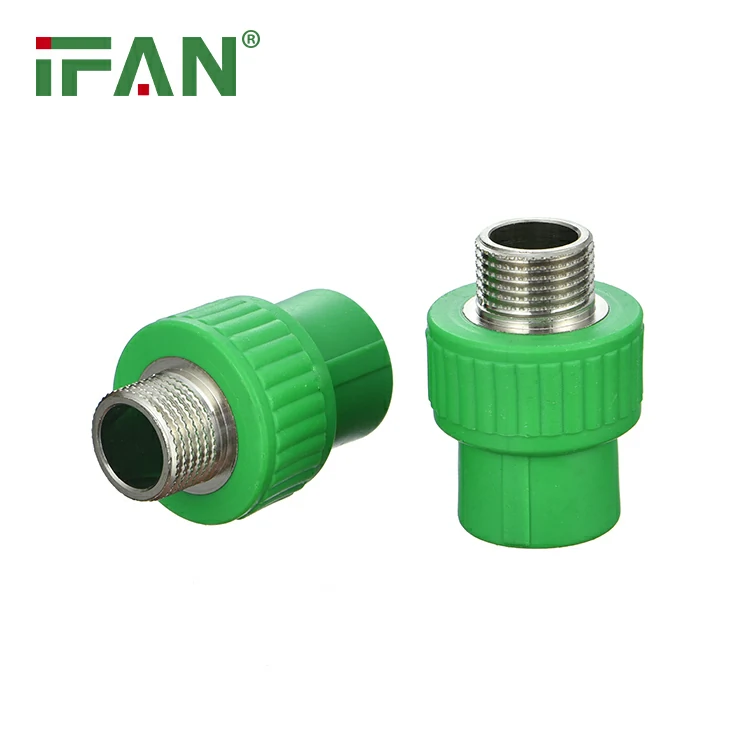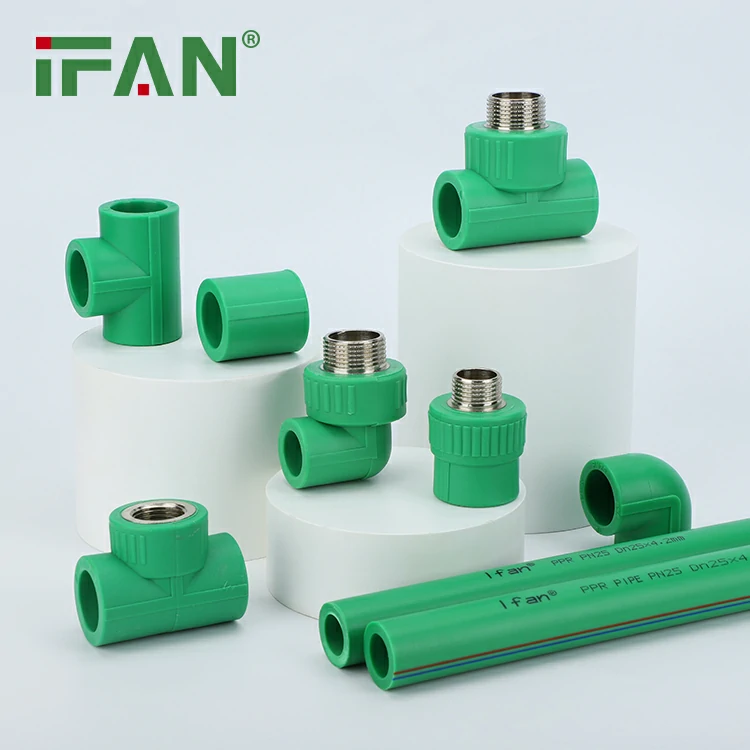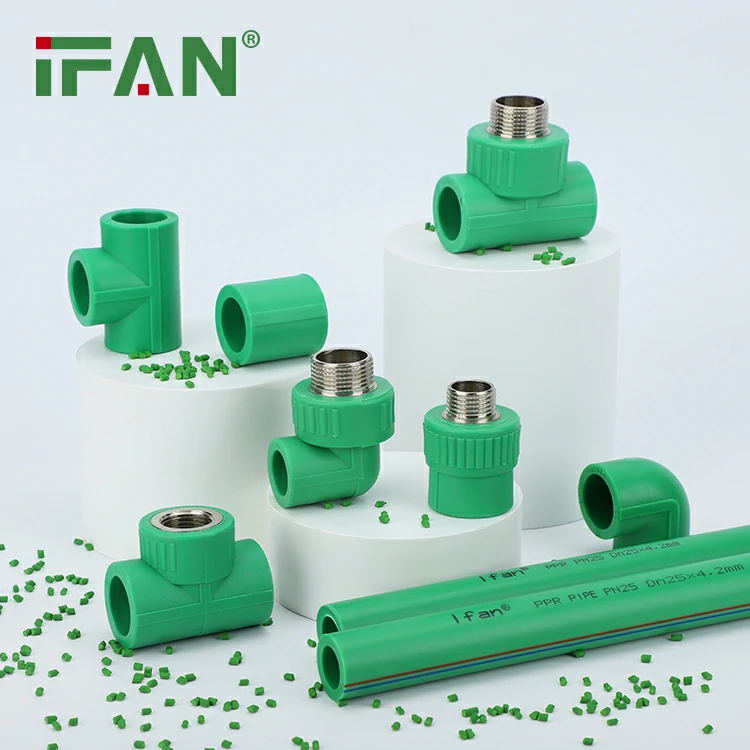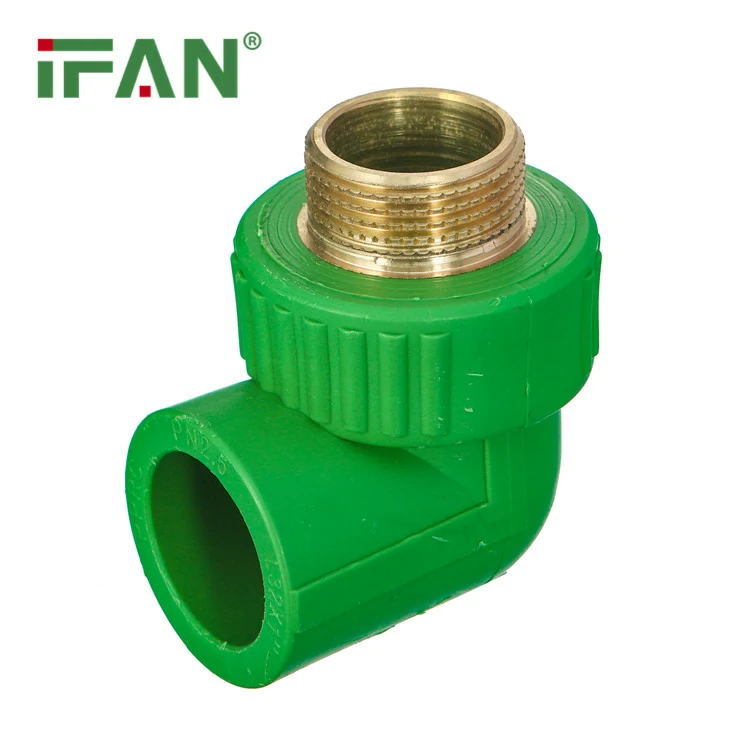What Fittings To Use For HDPE: A Guide to Selecting the Right Fittings
When working with HDPE (high-density polyethylene) pipes, choosing the right fittings is crucial for creating secure and leak-free connections. This comprehensive guide will help you understand the different types of fittings available for HDPE pipes, their functions, installation methods, and considerations for selecting the appropriate fittings.
Types of HDPE Fittings
There are several types of fittings designed specifically for HDPE pipes:
- Butt Fusion Fittings: Butt fusion fittings are widely used for joining HDPE pipes of the same diameter. This type of fitting involves heating the pipe ends and then applying pressure to fuse them together. Butt fusion fittings provide a strong and seamless connection, suitable for high-pressure applications.
- Electrofusion Fittings: Electrofusion fittings utilize built-in heating elements to melt the HDPE pipe and fitting together. An electric current is applied to generate heat, resulting in a fusion bond. Electrofusion fittings are commonly used for gas and water distribution systems.
- Mechanical Fittings: Mechanical fittings offer a convenient alternative to fusion methods. These fittings use bolts, clamps, or compression mechanisms to secure the HDPE pipe and fitting together. They are suitable for temporary installations, repairs, or applications that require frequent disassembly.
- Transition Fittings: Transition fittings are used to connect HDPE pipes to other types of pipes, such as PVC or metal pipes. These fittings facilitate a smooth and reliable transition between different materials and ensure compatibility.
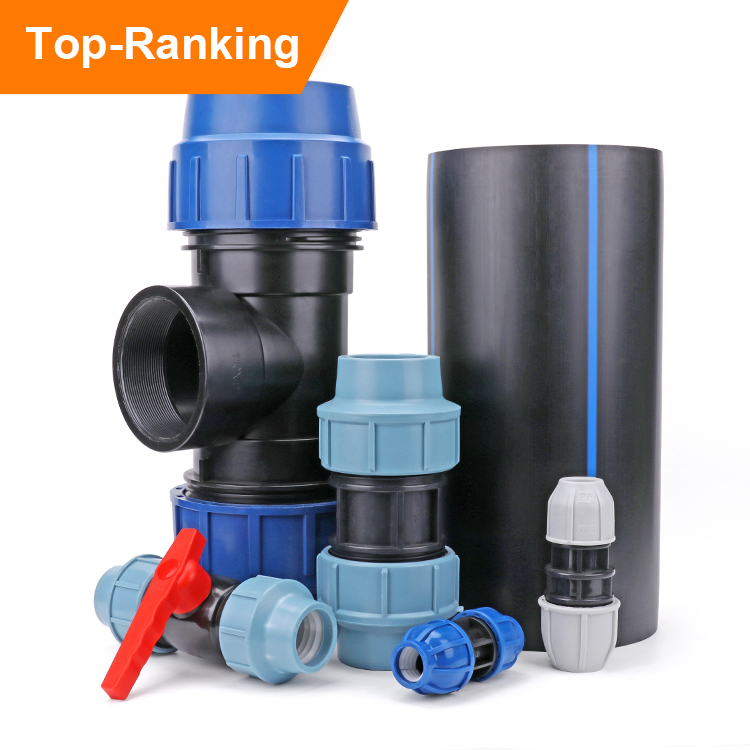
Functions of HDPE Fittings
HDPE fittings serve several important functions in a piping system:
- Connection: Fittings create a reliable connection between HDPE pipes, ensuring a tight and leak-free joint.
- Direction Change: Fittings allow for changes in pipe direction, facilitating the proper routing of fluid or gas in the system.
- Branching: Fittings enable the creation of branch connections, allowing the expansion of the piping network without compromising its integrity.
- Valve Integration: Some fittings are designed to incorporate valves, such as ball valves or gate valves, providing control over the flow of fluid or gas within the system.
Considerations for Selecting HDPE Fittings
When choosing fittings for HDPE pipes, consider the following factors:
- Application: Identify the specific application requirements, such as the type of fluid or gas being transported, the operating pressure, and the temperature range. This information will help determine the appropriate fittings and their material compatibility.
- Pipe Size and SDR: Determine the pipe size and the SDR (Standard Dimension Ratio) of the HDPE pipe. The SDR refers to the ratio of the pipe’s outside diameter to its wall thickness and is important for selecting compatible fittings.
- Fitting Material: HDPE fittings are available in different materials, including polyethylene, brass, or stainless steel. Consider the compatibility of the fitting material with the fluid or gas being transported and the environmental conditions.
- Installation Method: Consider the installation method preferred or recommended for the selected fitting type. Fusion methods require specific equipment and expertise, while mechanical fittings may be easier to install but may have limitations in terms of pressure and temperature ratings.
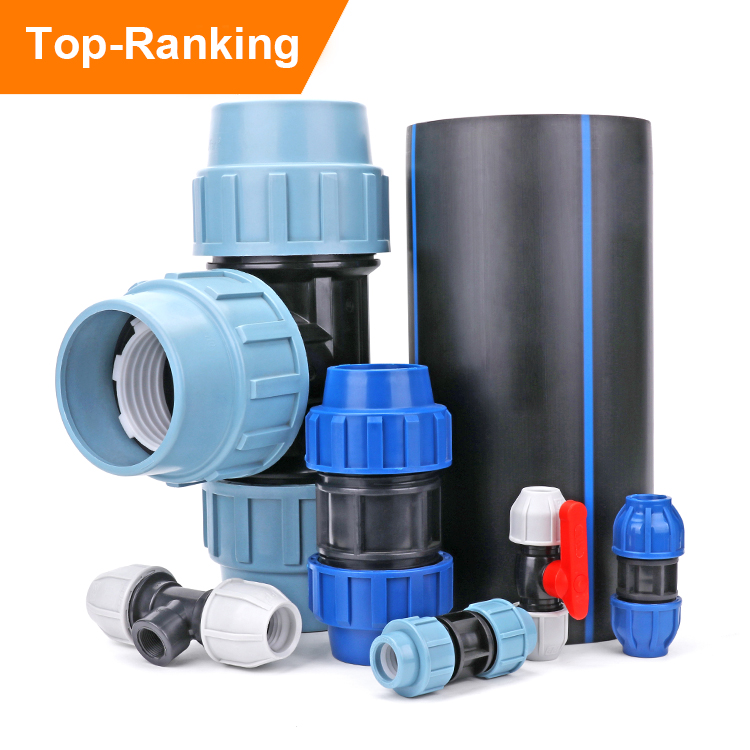
Conclusion
Choosing the appropriate fittings for HDPE pipes is critical to ensuring secure and leak-free connections in various applications. Butt fusion, electrofusion, mechanical, and transition fittings offer different installation methods and functions to accommodate specific needs. Considerations such as application requirements, pipe size and SDR, fitting material, and installation method are important when selecting the right fittings. By making informed choices, you can create reliable HDPE piping systems that deliver efficient and durable performance.

